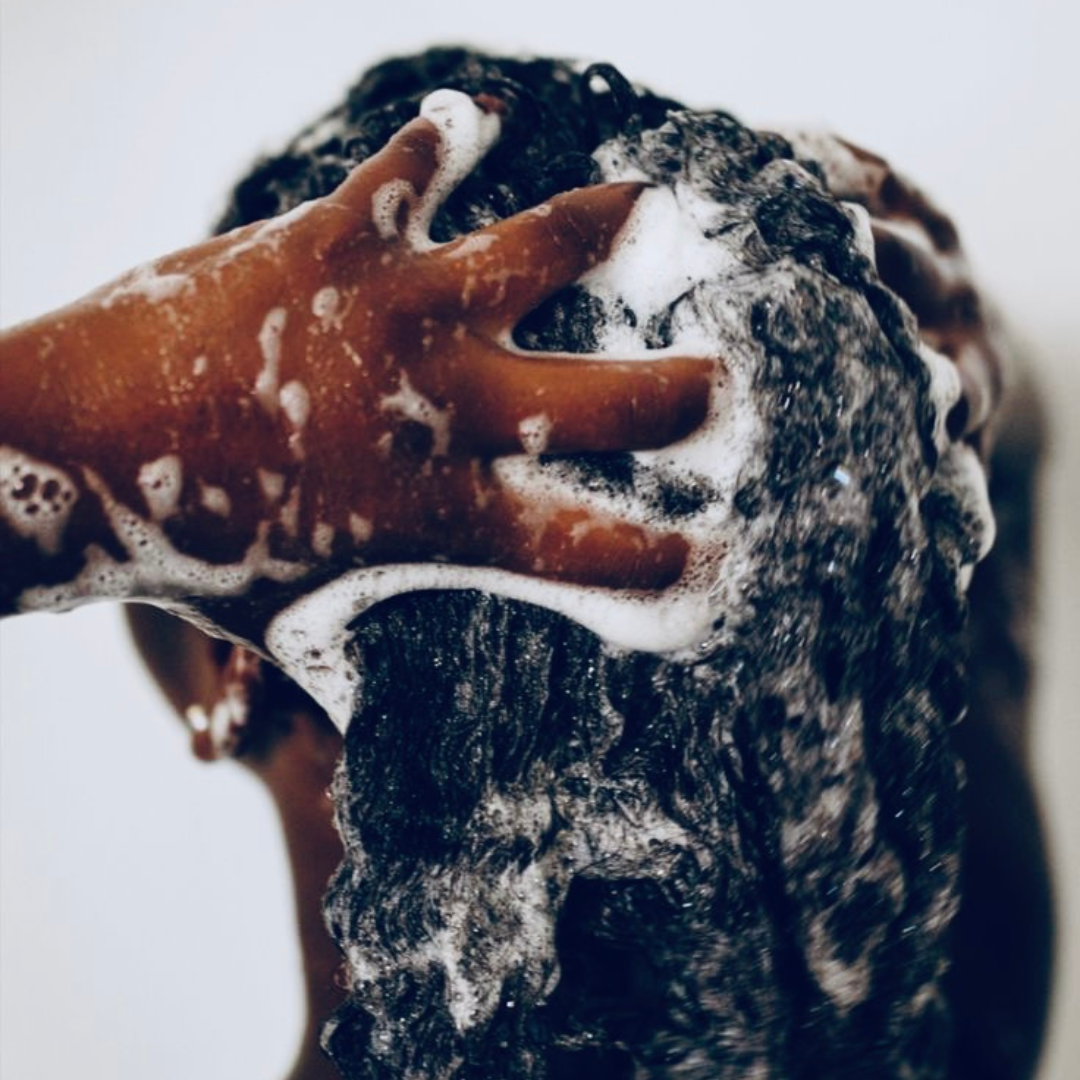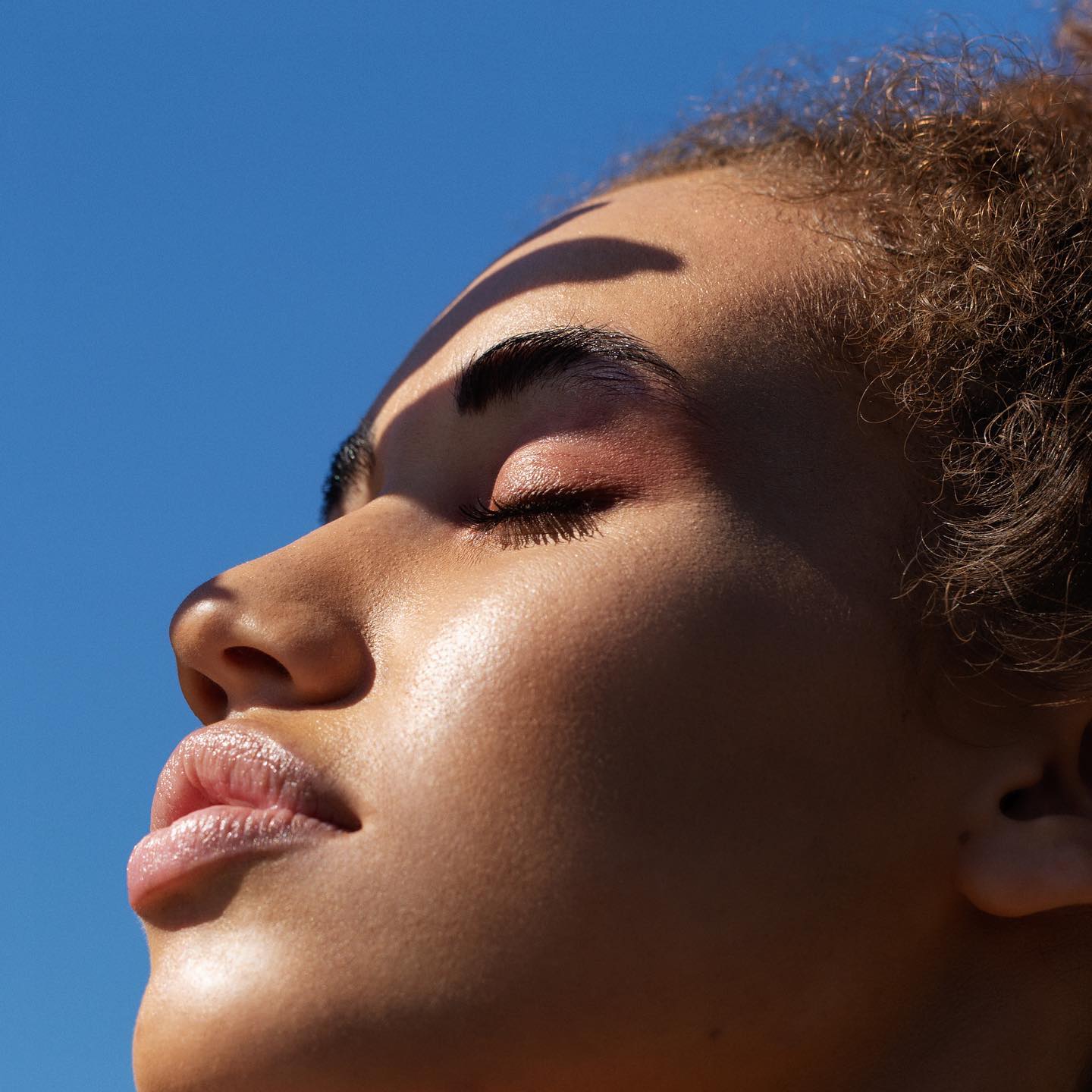
Get To Know Your Hair
Whether you wear your hair in braids, a short cut, or loose and coily, the key to healthy hair is getting to know it. Look at it closely, touch it. Understanding your hair in it’s natural state, allows you to see it’s structure and condition and makes it easier for you to select products, see which techniques work for your hair, and even how it responds to weather. So grab a piece of paper and take a look at these 4 main factors to consider when getting to know your hair:
Texture
What it is... This refers to your curl configuration, whether your hair is straight, wavy, curly, coily, or kinky.
- Finding your curl pattern should be as easy as possible. We are not a fan of hair typing (i.e. 3C, 4A, 2B, etc.) because we don't feel it is necessary to know for healthy hair. All you need to know is if it is curly, wavy, coily, etc. and that is it! We feel the others factors below are more important.
Porosity
What it is... Porosity is your hair's ability to absorb and hold moisture and chemicals. Think of porosity like the clinching of your fist. The tighter you clinch your fist, the lower the porosity; the looser, the higher the porosity.
Test... Take a couple of strands of hair from your comb or brush and put them into a bowl of water. Let them sit for 2-4 minutes. If the hairs float, you have low porosity. If they slowly sink to the bottom, then you have medium porosity. If the hairs sink quickly, then you have high porous hair.
Results...
- Low porous hair repels moisture when you try to wet it and is hard to process because it resist penetration of chemicals, yet, when moisture is absorbed, can hold moisture really well.
- Medium porosity often requires very little maintenance. The cuticle layer is looser. It easily accepts and retains moisture inside the cuticle, allowing just the right amount of moisture to enter while preventing too much from escaping.
- High porous hair has gaps and holes in the cuticle. It absorbs moisture very easily, however it can lose moisture just as quickly.
Goals... Knowing your hair porosity can help you choose the right ingredients and techniques to keep your hair well-moisturized, strong and shiny.
*Read our shopping guide on hair porosity.
Density
What it is... Density refers to the number of hair strands that you have per square inch on your scalp; how closely your individual strands are packed together on your head.
Test... Start with dry hair and let it hang loose in it's natural, unparted state. Look at it closely from all different angles. If you can see your scalp easily, then you have low hair density. If you see your scalp partially, then you have medium hair density. If your scalp is difficult to see or not seen at all, then you have high hair density.
Results...
- Low dense hair tends to have low volume. Your hair strands are lower than the average amount of individual strands on your head. It means probably being able to easily see your scalp.
- Medium dense hair is somewhere in between thin and thick hair. Your hair strands have the average amount of individual strands on your head. You can see some scalp, but not a lot.
- High dense hair is hair that is very thick. Your hair strands are higher than the average amount of individual strands on your head. It means you are probably not able to see your scalp, giving you the affect of having full hair.
Goals... Knowing your hair's density will help you know the amount of product you should use and techniques to increase the volume of your hair or tone it down.
*Read our shopping guide on hair density.
Width
What it is... Hair width refers to the thickness or circumference of the individual strands of hair.
Test... Take a piece of hair and hold it up to the light. If the hair is wide and easily visible, than the hair has a wide diameter, i.e. coarse. If the hair is thin and hardly seen, then the hair has a small diameter, i.e. fine. If the hair is neither fine nor coarse, then you have a medium.
Results...
- Coarse hair have a large diameter, it is a strong texture, making it easy to maintain length and resist damage. Those with coarse hair may find that their hair is very strong and is not easily damaged.
- Medium hair consists of strands that are strong and elastic, and neither too thin nor too thick. Medium width hair is also somewhat resistant to damage, making it easy to maintain length.
- Fine hair, because of it's smaller diameter, is delicate and easily susceptible to damage. Therefore, be more careful when you handle your hair to ensure that you retain length. Keep manipulation, like the over-use of combs and brushes or high-maintenance hairstyles, to a minimum to avoid unnecessary breakage. Use very little heat.
Goals... The thickness of your strands is what helps to determine its strength and usually the thicker the strand the stronger it is. Therefore, try to keep hair protected with minimal styling and/or protective styles.






Leave a comment
This site is protected by hCaptcha and the hCaptcha Privacy Policy and Terms of Service apply.